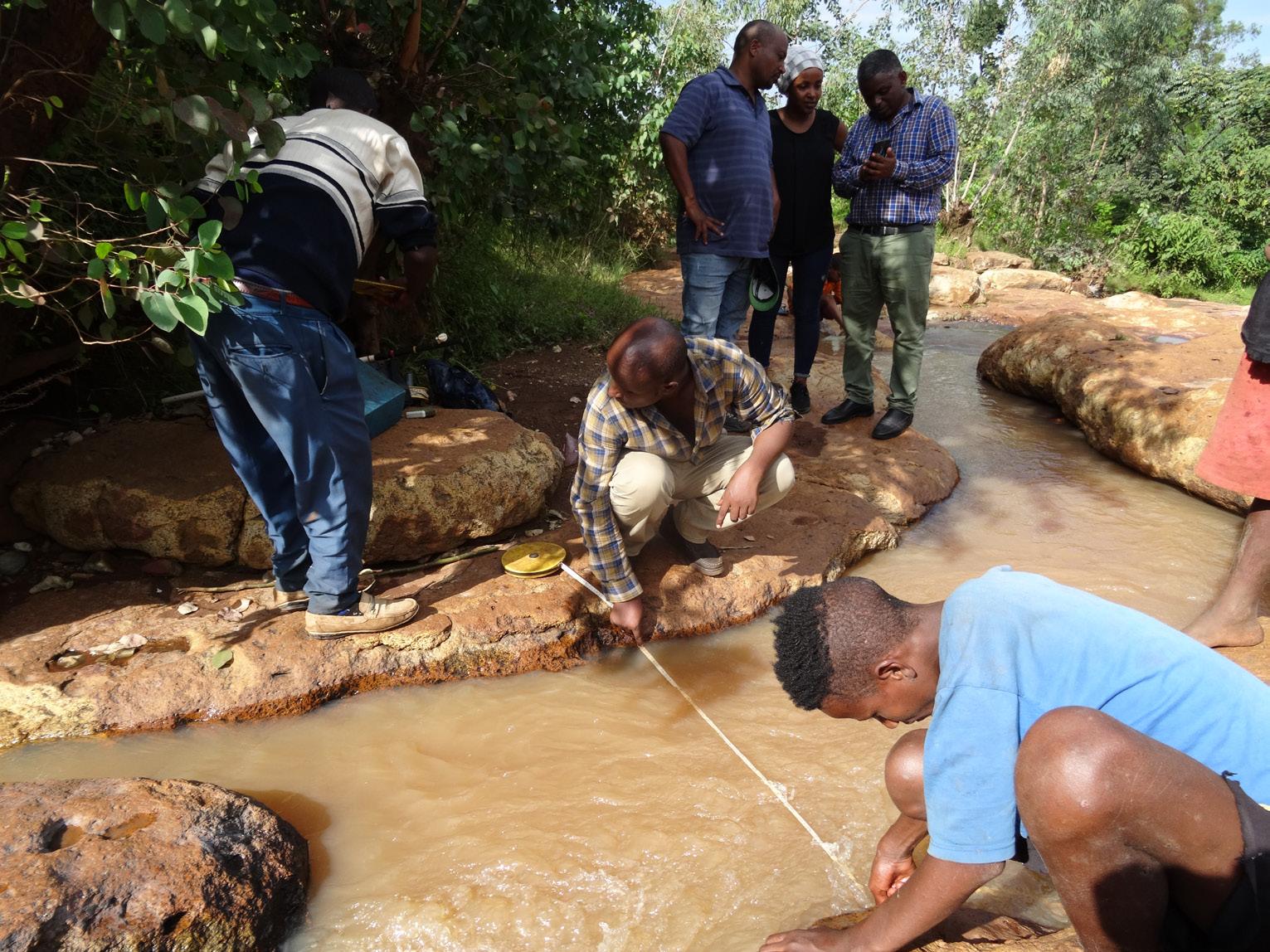
3 minute read
Exercise 9: Development of an action plan
The objective of this exercise is to develop a first action plan that becomes a part of the PACDR assessment report. The action plan should:
Identify immediate and longer-term actions
Differentiate between individual and collective action
Identify where other stakeholders are needed for specific activities
Identify limiting external factors and key advocacy issues and steps to take towards government institutions
This exercise lays out first steps and main lines of action to take to achieve the community goals. The influence of the plan in the community depends to some extent on the positions and stature of those who help develop it, and this exercise might provide a good opportunity to invite prominent local figures or elected representatives to participate.
Where community resources such as knowledge, technology and finances are insufficient, outside assistance may be necessary, and this exercise helps identify where external experts and stakeholders may make contributions to the development and implementation of a community plan. In some cases, the assessment report may need advocates who can appeal to potential funding sources or partners on its behalf. The concrete actions taken at the community level may entail identifying potential advocates, and asking for their assistance in moving the report forward.
Facilitation
Facilitators provide the completed adaptation path sheets from Exercise 7 and blank sheets of paper at least 100 cm x 80 cm in size – at least one sheet per community adaptation goal. Working from the adaptation goals and strategies, participants define concrete steps to be taken by community members, representatives or groups. Additionally, they identify where external stakeholders are needed for additional support to implement these activities, or to advocate for their adoption and implementation.
Participants and facilitators alike should be aware that the asssessment report they develop here is not a full community development plan – which requires a longer planning process – but that their results can and should inform any community plans that follow their work.
Facilitators may try to get commitments to implement the activities from any elected officials and representatives of groups who are present for this exercise. The guiding questions for the exercise are:
What concrete short- and long-term activities are needed to reach the goals?
What adaptation activities can community members implement individually?
Which adaptation activities are collective and need to be guided by community institutions? Which institutions?
Which adaptation activities can be implemented with existing community resources?
For which activities do we need support? What potential funding streams might we tap? Do we need to consider an advocacy campaign? Who can provide needed external knowledge and skills?
Sample format for developing actions
ADAPTATION GOAL
Secure food through agroforestry and irrigated garden STRATEGY/ RESPONSE
Farmer seed exchange WHAT WILL BE DONE AT COMMUNITY LEVEL
NOW LONG-TERM
Women Self-HelpGroup to share seeds at special event in October
Create annual seed exchange fair at village hall. Organized by farmers’ cooperative and women groups WHAT EXTERNAL ACTION/
SUPPORT IS NEEDED
NOW LONG-TERM
Approach extension service for new variety seeds; farmers coop head
Training on seed production and certification Women’s leader to approach NGO for support
Hold Farmer Field Schools on variety selection trials
Facilitators may remind participants to consider the obstacles identified in Exercise 7 and the environmental and socioeconomic co-benefits identified in Exercise 8.
Discussion
Facilitators should reinforce the participants’ commitment to the actions identified at the community level, and clarify the follow-up process and the following points:
Who will compile a report from the notes taken by the facilitation team and when will the community representatives receive a copy?
Who will present the report to the wider community? When and where?
The facilitation team may take this opportunity to explain any further involvement of their organization or institution and the groups and sections of the community they represent.
Plan two hours for the preparation of the actions and 45 minutes for discussion and closure.
Monitoring water volume at community level through citizen science, Ethiopia










